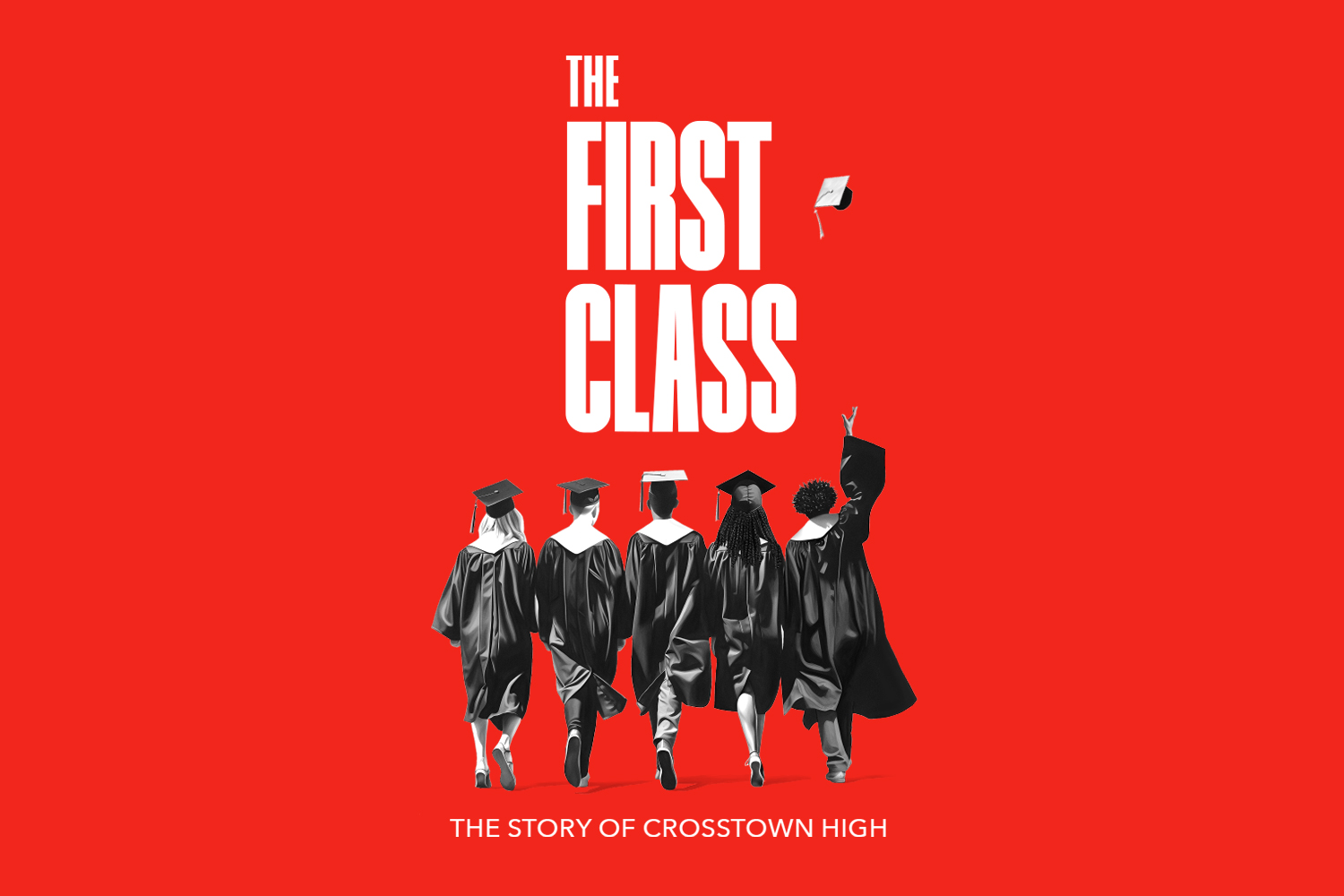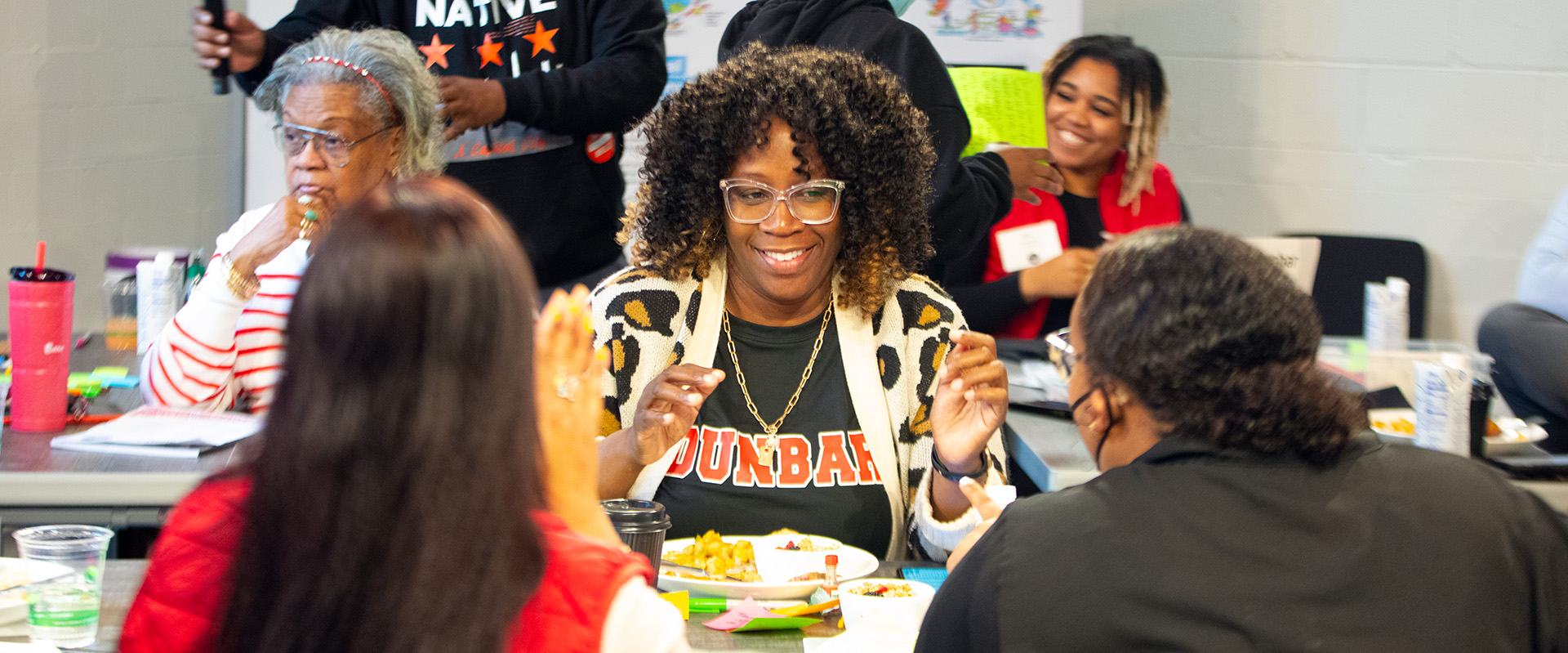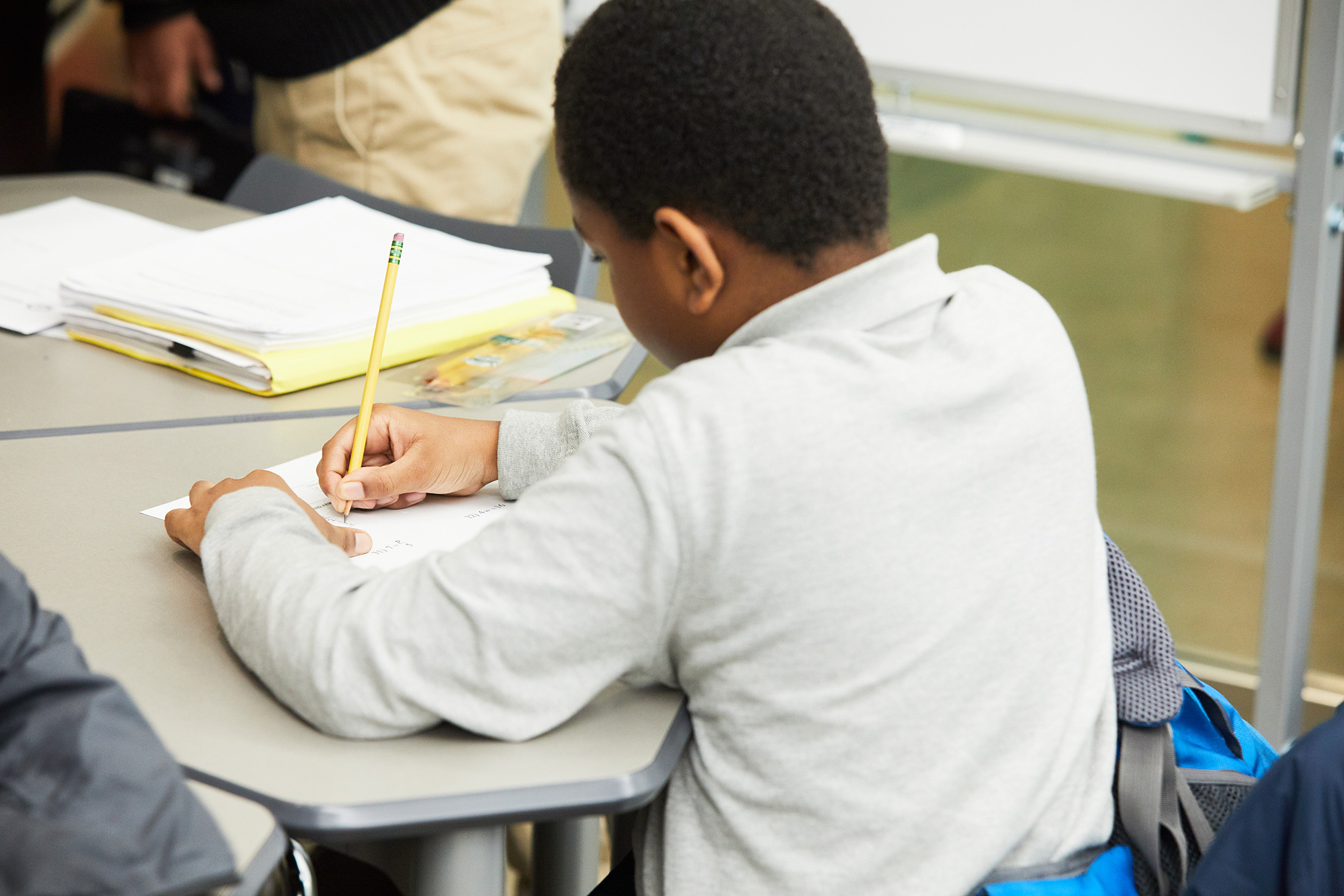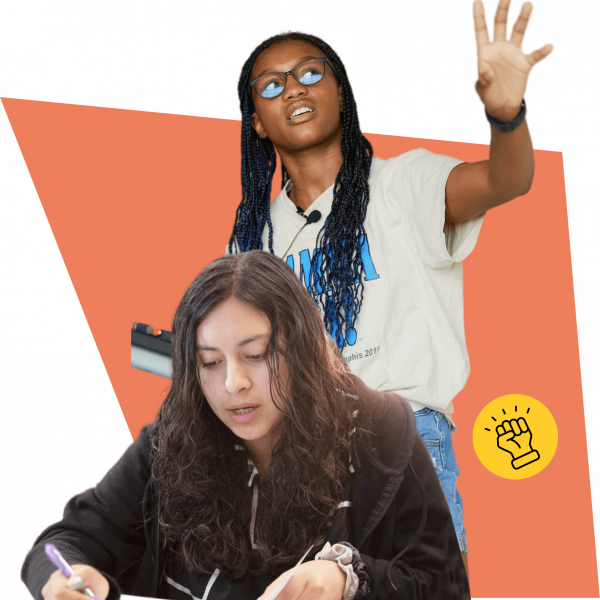Equity In The Classroom: A Teachers Guide
Students come to class from many different backgrounds and lived experiences. Effective teachers determine how to…

Students come to class from many different backgrounds and lived experiences. Effective teachers determine how to create equitable classroom practices so that all learners can progress toward their goals. Equity doesn’t mean that each student gets the same thing, rather equity is about building structures and providing the right resources to support student learning. We’ve outlined five equity practices teachers can use to build classrooms that uplift all learners.
Equity vs. Equality in the Classroom: What’s the Difference?
Equity is foundational to teaching and learning since every learner is unique in their skills, interests, and readiness to learn. Teaching equity in the classroom begins by knowing each learner. What are the student’s circumstances? How might that impact their ability to focus today? A learner experiencing food insecurity will have very different needs and learning readiness than one who does not wonder how they will get their next meal.
As a teacher, your curiosity about students and attention to them are among the most powerful tools you have to inspire a desire to learn. First and foremost, by creating a caring, trusting relationship between you and your students, teachers can build a sense of community in the classroom setting. Second, when you know what students need, you can work with them to find the right resources to guide them as they pursue their goals—which is equity in action.
By incorporating equitable classroom practices, your learning environment can become a safe haven for exploring systemic injustices, rather than a place where such issues may be perpetuated inadvertently.
The Differences Between Equality and Equity in the Classroom
While students are all equal in their rights and agency, what they need to achieve their goals may be quite different due to their interests, capacities, and lived experiences. Equity means making sure learners have the right resources they need to learn, whereas equality means providing the same resources to everyone, regardless of whether the individual student can make use of them.
Providing equity in the classroom requires considering each learner’s needs. Some students may require individualized supports to help overcome their own specific barriers to learning, such as socio-economic status, access to resources, systemic racism, or neurodiverse learning styles.
Does this mean teachers should have different expectations for students? Not at all. High expectations and a grounding in academic rigor—along with student agency and meaningful, interconnected learning experiences—are essential for student success. But the pathway to that success is shaped by equitable classroom practices.
[Learn more about what it means to prepare all learners for college, career, and real-life by checking out the XQ Learner Goals. ]
Practices for Promoting Equity and Fairness in the Classroom
Equity Practice 1: Reflect on your identity and beliefs.
As a teacher, you are a powerful model for creating equity in the classroom. But your background and beliefs can either reinforce your messages or undercut them. Taking time for self-reflection is an important step to ensure alignment between what you say and how you act. What assumptions might you bring into the classroom? What are the barriers that prevent your class from being more inclusive? Do quiet students have a chance to be heard? Are BIPOC students able to see themselves reflected in the material with which they engage?
“I think that the journey for an educator to become anti-racist has to start with self-reflection. It has to start by asking teachers to think about their own privilege—to think about how they tailor lessons and assessment practices to center whiteness. That reflection is essential. Because if they don’t interrogate race—if they’re not constantly thinking about their own privilege—they’re contributing to inequities, whether they realize it or not.”
From an Interview with Rich Milner, Professor of Education, Vanderbilt University.

Equity Practice 2: Create a classroom culture where students can advocate for themselves
Student agency in learning makes for a richer experience for all students. Students are often an underrepresented group when it comes to decisions about their learning. By ensuring that you seek out their diverse voices, you model that this is an expected part of learning and life. Moreover, you help students develop confidence by advocating for themselves, and build empathy as they discover new experiences that may be different from their own.
“To prioritize belonging means investing in the idea that instead of one linear pathway to achieve success, success is defined and redefined by students themselves, and rooted in their value systems.“
From Belonging and its critical impact on student mental health written by Casey Pettit, director of strategic partnerships at Project Wayfinder.
Equity Practice 3: Know your students’ needs
As a high school teacher, you may interact with over 100 learners a day, so understanding their specific learning needs may feel overwhelming. Yet it’s vital to understand this to close the achievement gaps for disadvantaged students. Early in the term, you can invite students to share their needs in ways that are private and respectful, such as through conferences, group circles, and digital boards. Individual academic conferences are a powerful structure for supporting students in an equitable way, and also give teachers a prime opportunity to celebrate successes, provide feedback, and review student learning journeys.
In these individual conferences, teachers can further enhance their equity practices by reviewing various data sources with the students, and having open conversations about them. The emphasis here is to let students view and understand their data, and develop inferences about their learning. Whether reviewing grades, individual assignments, or high stakes assessment data, individual conferences award both students and teachers honest moments to target what is working, and further approaches for support.
“By providing dedicated spaces and times for informal connection, students can name, process, and accept what may be a steady stream of new thoughts and feelings in the midst of crisis, while also providing a consistent community space for connection and collaboration between students.”
From an article on Building caring, trusting relationships in a remote learning world (pt. 1) by Sophie Klimcak, former senior associate at XQ.
Equity Practice 4: Leverage technology to diversify teaching
A smart use of technology can help you meet learners where they are. Using information from different systems can help you adapt material to meet different reading levels, eliminate distractions, or provide support for neurodiverse learning needs.
While technology can be a huge boost for providing greater equity in the classroom, not all students have equal access to technology and information. It’s important to remember that as tech savvy as younger generations tend to be, their digital literacy can vary tremendously depending on geography, economics, and infrastructure. Further, as software and apps become more user-friendly, students might find more complicated programs to be especially frustrating or taxing. To be equitable, consider using social and recipricol models where students can learn by exploring and playing with technology together. Websites like Code.org are becoming a popular resource for allowing students to play with technology in a fun and rigorous way.
“For most students who receive special education services, contact with their providers is often a lifeline when they are in school, and this communication becomes even more important during the transition to remote learning. If possible, set up regular video consultations. Empower providers to help students with their own goals around the house. Make sure that during remote class meetings, the same support personnel for students is present virtually.“
From an article on Building caring, trusting relationships in a remote learning world (pt. 1) by Sophie Klimcak, former senior associate at XQ.
Equity Practice 5: Take a whole child approach to create a safe space to learn
A whole-child approach to learning ensures that your students are seen and heard, and that your classroom is a positive, safe place for them to learn. This involves creating positive relationships with pupils by designing rich learning experiences that allow them to express multiple dimensions of themselves. It’s important to focus on developing asset mindsets: seeing students as having strengths and contributions, rather than deficiencies. Further, providing students opportunities to identify assets in their peers promotes a networks of support to meet learners where they are.
“The whole child approach—an approach that considers not only the academic content and cognitive abilities of the learner at each level of schooling but also a student’s social-emotional and background factors—provides insights into how youth learn and grow.”
From an article on Building caring, trusting relationships in a remote learning world (pt. 1) by Sophie Klimcak, former senior associate at XQ.
What does teaching equity in the classroom look like?
Equity in the high school classroom can take many forms, especially for XQ schools. Let their examples show you how to promote equitable practices with your students.
- Purdue Polytechnic High School in Indiana used professional development from the Peace Learning Center to ground staff in equitable practices. Keeana Warren, who attended the training, said: “We know that it is not necessary to require people to take on our cultural norms to get a voice and seat at the table. It is important for our team to give students voice and choice and to leave space for open and honest dialogue when we fall short.”
- At Washington Leadership Academy, in Washington DC, the team uses computer science to give learners a new lens on equity. The majority of WLA’s students are people of color from low-income circumstances. Together, they study the intersection of technology and public policy, listen to guest speakers—often people of color who work in the tech sector—and learn how tech can strengthen their communities. The school single-handedly tripled the number of Black girls passing the AP Computer Science Principles exam in all of Washington, D.C.
- When the Brooklyn Laboratory School in New York received funds from the Elementary and Secondary School Emergency Relief (ESSER) Fund, they sought out input from the people most affected by the hardships of COVID-19–students and their families. “If we really want to understand what families and scholars need to succeed in school when they return to campus, we need to include them in the process,” said Kristin Levine, of the Academic Committee of the Board at Brooklyn Laboratory Charter Schools. “We need to put the needs of the most vulnerable students at the center of whatever we do.”
- At PSI High in Sanford, Florida, the staff attends professional development courses each year that focus on both anti-racist teaching practices and trauma-informed practices. These courses are typically held before or in the begining of the year, allowing new teachers to understand the program’s equity-driven mission, and for veterans to reflect on their practices for continuous improvement. Because trauma has physical effects on the brain, the staff learns from trained clinicians how to promote healing.
Read more about equitable teaching practices:
- A Teacher’s Journey Toward Culturally Relevant Teaching Practices
- A Black Man Reflects on Sonia Lowman’s film Black Boys
- How to Promote Equity In High School Education
Learn more about equity in the high school classroom:
- 5 ARP Resources that Center Equity
- Teachers: It’s Time To Graduate From Diversity And Move Closer To Inclusion And Equity
- Education & Equity on MLK Day









